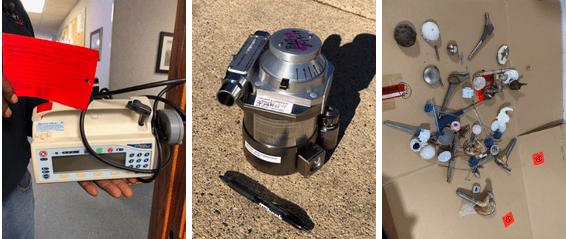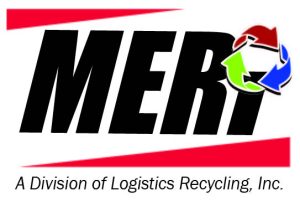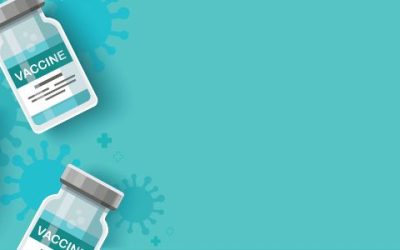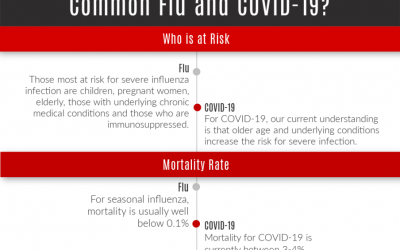We’re here for our MERI customers and want to share this Coronavirus Medical Waste Update. It should help to clarify how to package infectious materials during this Covid-19 outbreak.
We are continuing to regularly service our customers. Please let us know if there are any schedule changes on your end.
Fact Sheet from Healthcare Waste Institute
MERI is active in discussions with the CDC through the Healthcare Waste Institute (HWI). This group is part of the National Waste & Recycling Association (NWRA). It specifically addresses safe practices for the handling and treatment of the coronavirus waste.
Here is HWI’s fact sheet of answers to commonly asked questions.
Currently the CDC recommends treating the waste as normal regulated medical waste.
Keep in mind, MERI’s top priority is to protect its employees and customers from the spread of the virus.
Our team places a high emphasis on the safe and healthy work environment. It is one of the reasons we’ve gone 10 years without a lost time injury. And, it’s a testament to the attention we pay to a safe work environment for our team.
What MERI Does on A Regular Basis
We are following best practices for handling, transporting and treating the medical waste we collect. Here are a few of the things we do on a regular basis:
- Wash and disinfect the transport containers before they are returned to service.
- Disinfect our vehicles.
- Follow good hygiene. Wash hands and wear clean clothes.
- Ensure the waste is handled and treated according to our permits.
- Package the waste to ensure safe transportation and handling to the treatment facility.
MERI is taking extra measures to control the spread of the virus, including:
- Following access requirements our customers have in place to minimize exposure
- Wearing appropriate PPE in those areas that require it.
- Temporarily stopping the collection of blue wrap
To help ensure a safe environment for all who handle the waste, we need our customers to review the following three things with their staff:
- Properly tie biohazard bags Read our blog and watch the video below to tie a biohazard bag. Also, Click Here for a flyer about how to do properly package medical waste for shipment.
- Ensure items that are put into the bag are medical waste. From time to time we find things like bed pans, titanium joints, rebar, construction debris, pumps, ventilators, hammers, steel trays, etc. in with the infectious waste. Please DO NOT do this. These items must be in separate and not in with infectious waste.

- Make sure your biohazard bag meets ASTM D1709 standard. Biohazard/liner bag specifications are: 1.5 mil thickness biohazard plastic bag that meets ASTM D 1709 and 1922: 165 grams impact resistance and 480 grams tear resistance in both parallel and perpendicular planes.
As things seem to change by the day, MERI will keep you abreast of any new updates. You can read any changes on our blog. You can ask us to add you to an email list about this issue. Or, you can call us anytime.



